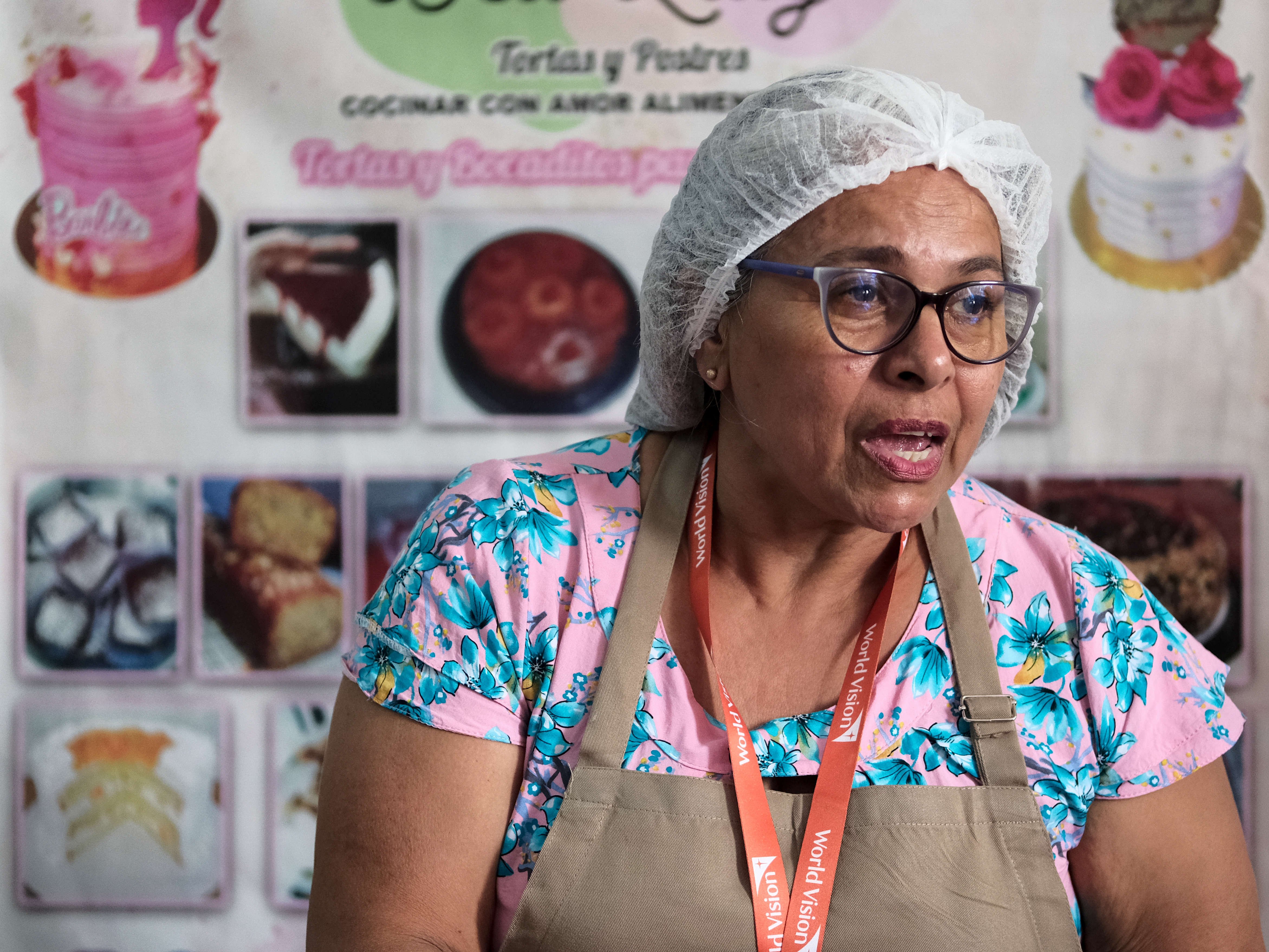*All photos are my original work and have received expressed and written approval from individuals pictured.
Transportation in Iquitos is not simple. Planted deep into the interior of Peru hours from the nearest city, transportation and trade is complex, often relying on boat or moto taxi. Seasonal flooding can make even the most developed areas impassable; rains often arriving with little to no warning.
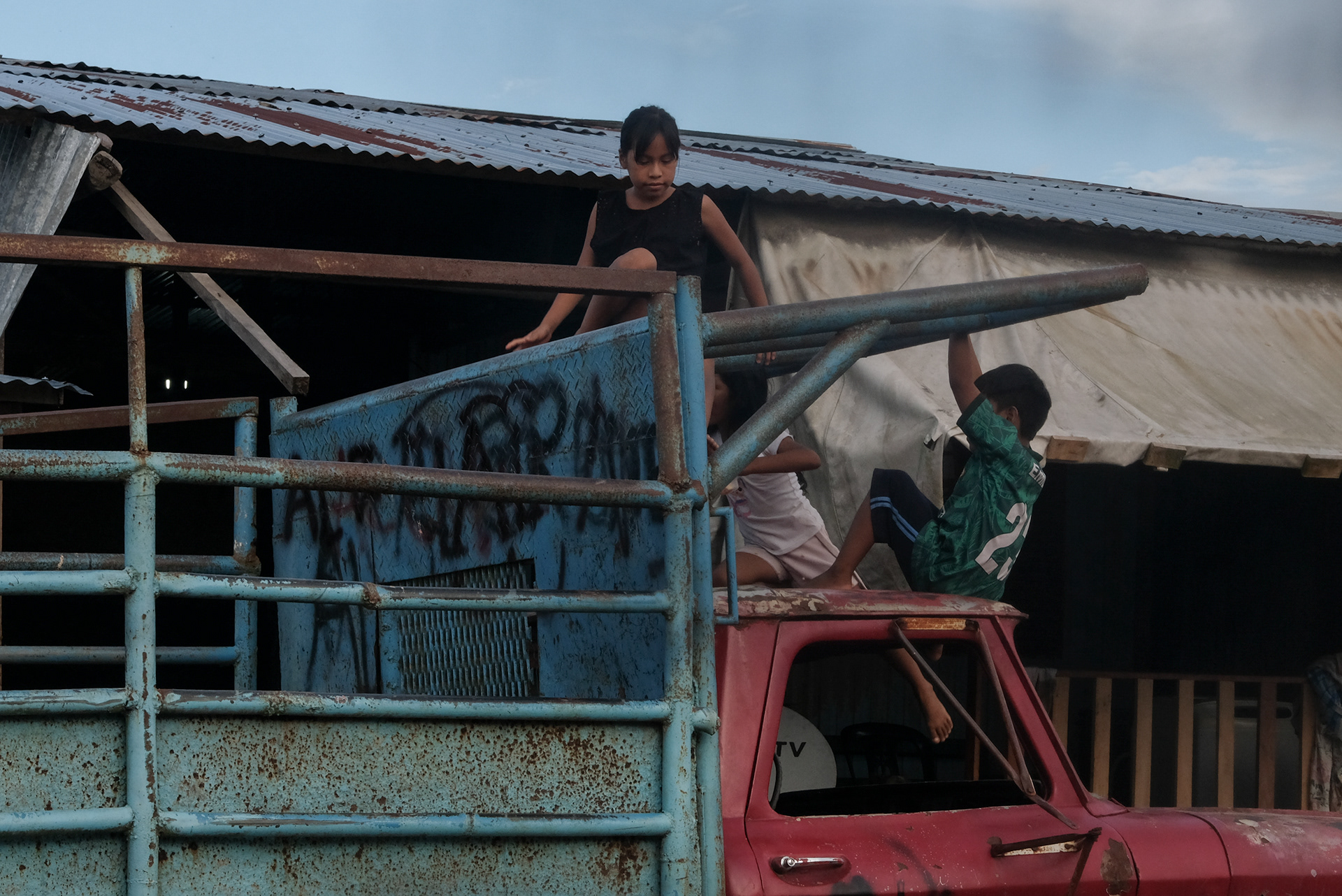
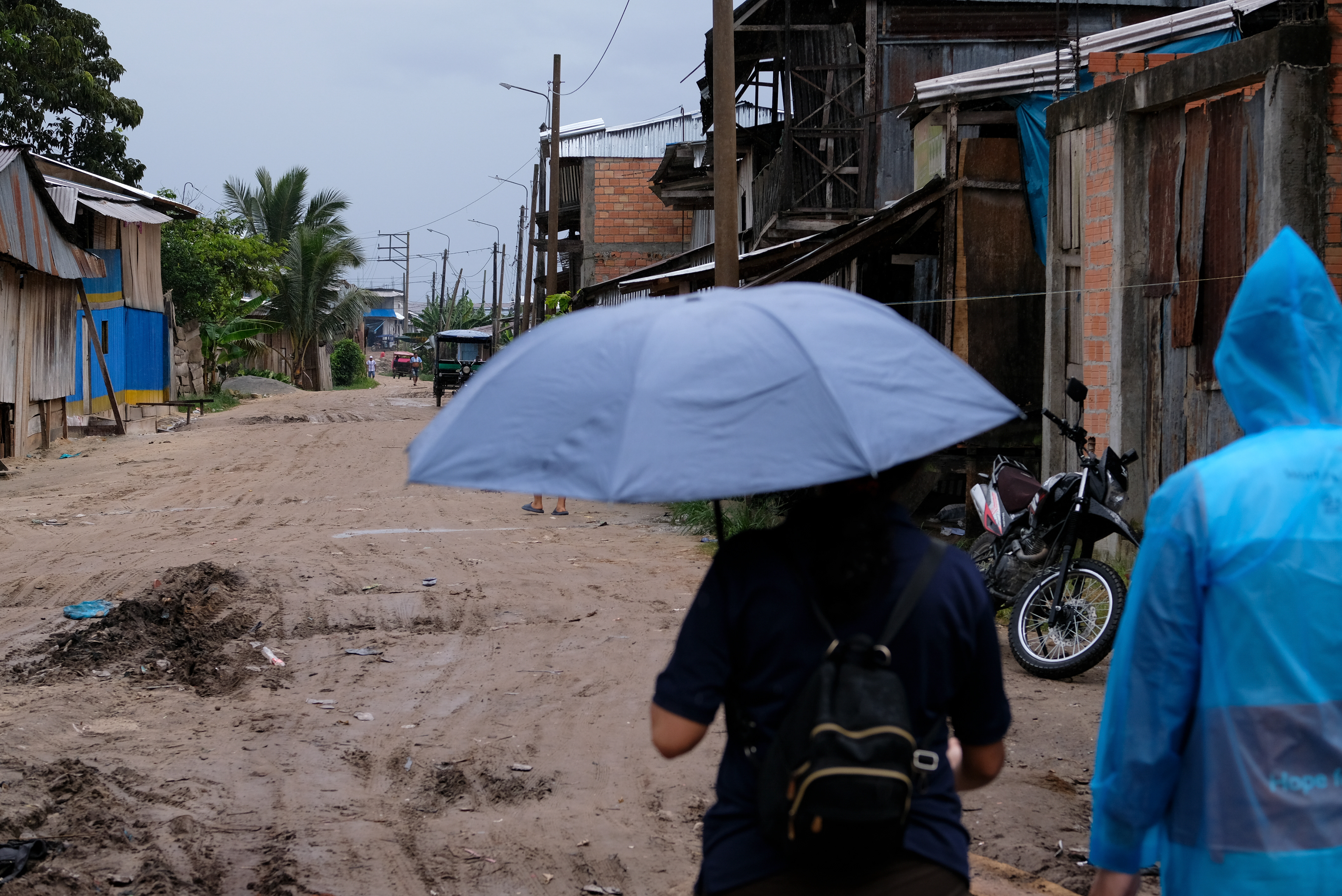
In fragile areas, children often face the harshest realities, and Iquitos is no different as access to education and solid nutrition is a major issue. Given the lacking infrastructure and risks of flooding, children are forced to get creative, as seen on the left making the most of a makeshift jungle gym.
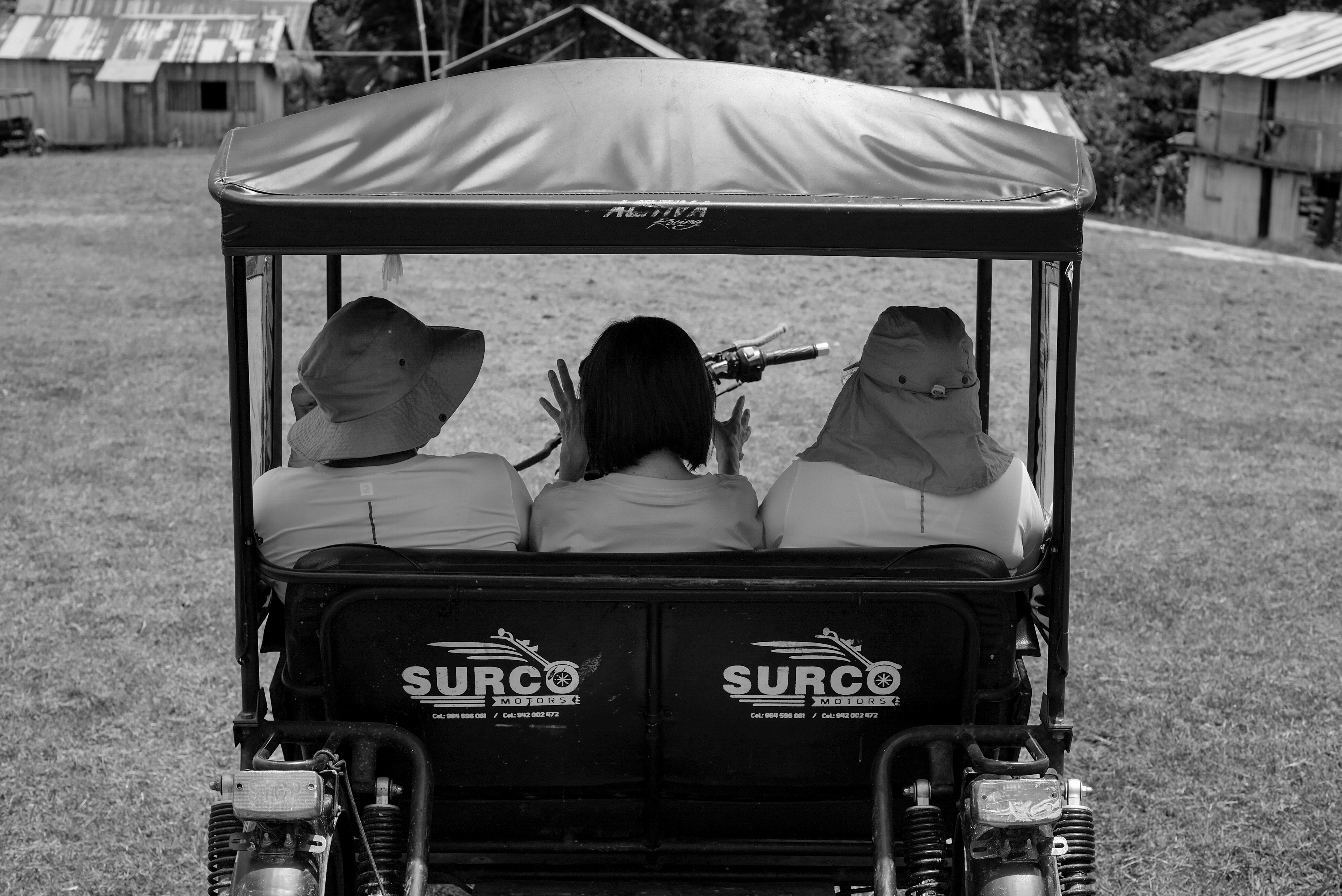
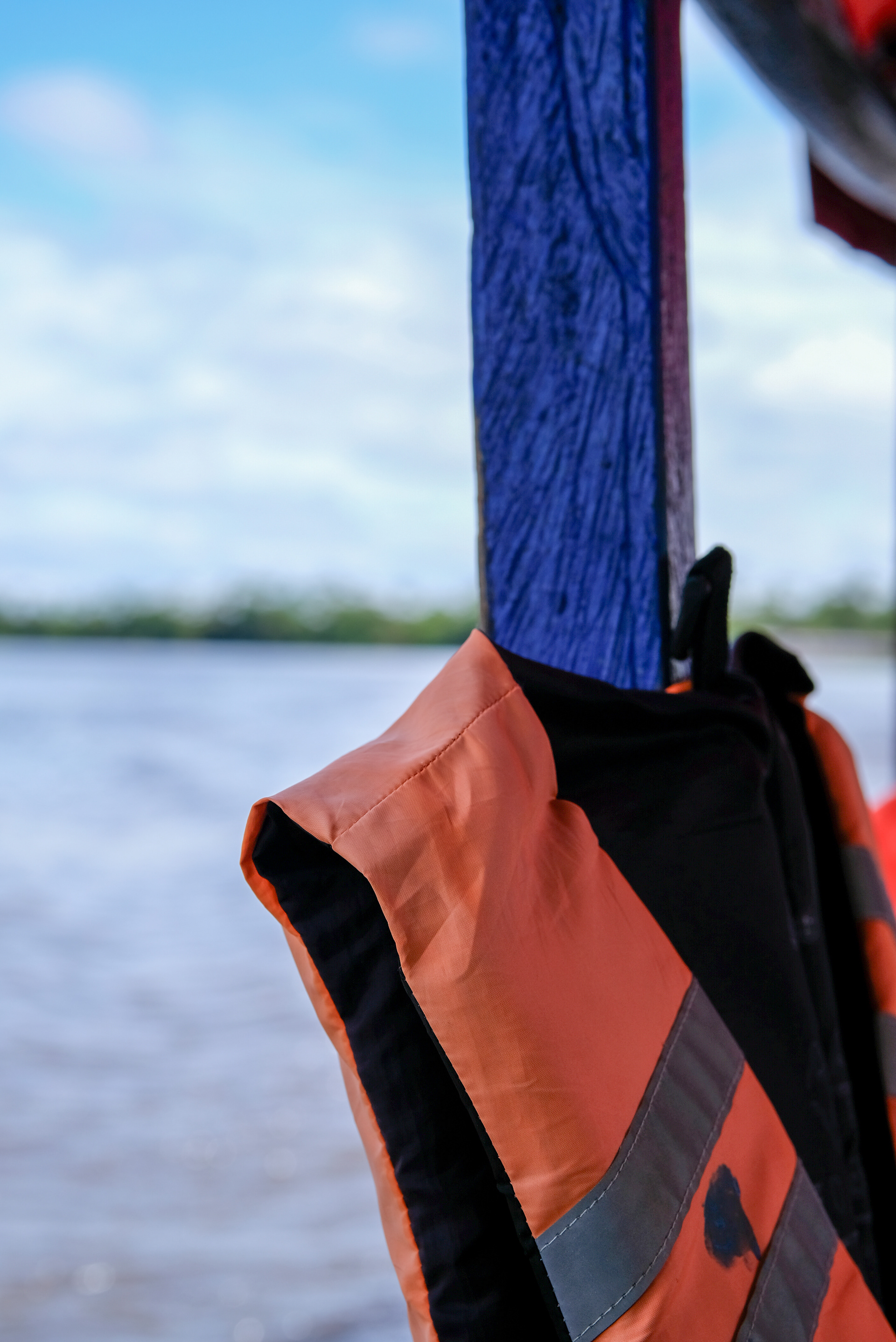
Infrastructure in Iquitos ends as abruptly as it begins and the journey into the interior of jungle - just a few miles from the city center - involves boat and moto taxi. Those who live in the jungle interior struggle to access the same level of access to goods and services as those in the city.


Diseases, such as malaria, remain the biggest risk to the longevity of indigenous communities in the jungle interior. NGOs and government bodies work together to provide access to medicines, tests, and awareness training.
Indigenous communities still maintain longstanding practices and ways of life - preserving a rich culture - but face skyrocketing food prices and new risks such as clear cutting and the impacts of climate change.
Though many face extreme challenges with little to no global support or awareness, there is a strong sense of community and resilience in Iquitos. Those with disabilities, such as this family, face even more challenging circumstances but remain hopeful that awareness for the Amazon will grow.
